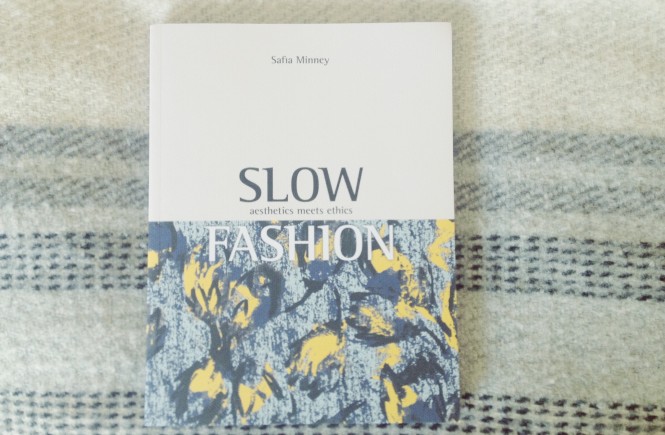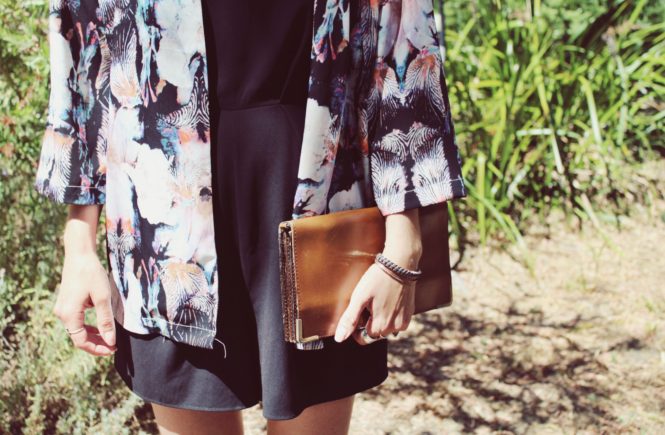Reading is such a lovely pastime. Either as a chance to immerse yourself into a different world created by an author with a creative mind, or as an opportunity to learn something new – about yourself or societies around you. As someone who is semi-obsessed with wanting to learn new things I would probably say I’m a reader who prefers the latter.
The most recent opportunity has been the new book by Safia Minney, founder of People Tree – Slow Fashion, aesthetics meets ethics. It’s an opportunity for Minney to promote People Tree’s 25th birthday, but primarily, it’s a chance for all of us to find out a bit more about different aspects of the fashion industry and its practices.
Minney speaks to a wide range of people, from designers, to models, to activists, to social entrepreneurs, who all have useful insights into the good and the bad of the industry. The various visits to garment factories in the developing world are particularly moving – especially the mentions around how the production of fast fashion often means that a garment worker makes the same part of a garment all day, every day. Model Arisa Kamada described it as: “She had no idea why she was doing the work she did, or what part of the clothing she was making. All she did was repeat the same thing all day.” It adds to the idea of garment workers being machines rather than people, which subsequently decreases the chances of fair trade, loving craftsmanship, and a sense of empowerment and pride over what you have created.
Thankfully, there are other was of doing things and Slow Fashion gives us an insight into the People Tree production lines where the people making the clothes can see what they’re making and where they’re going. But the book also highlights that this is far from the norm and various inspiring people such as Tansy Hoskins urges us all to take collective action.
“It would be a big step if people stopped thinking of themselves as consumers and instead thought of themselves as citizens, activists, change makers or whatever”
Creating a fully sustainable fashion industry is evidently a huge undertaking that is complex and will take time. But Slow Fashion shows that even by making small conscious decisions, whether you’re a designer or a consumer, we can make a difference and it leaves the reader inspired. It leaves you with a load of new interesting people to follow on social media, a set of issues you feel encouraged to learn more about, and an excitement around the fact that there are so many brilliant people (especially women!) around the world that are doing all the right things.




2 Comments
Having read this I believed it was rather informative. I appreciate you finding the time and
energy to put this article together. I once again find
myself personally spending a significant amount
of time both reading and posting comments.
But so what, it was still worth it!
Thanks for reading, glad you found it useful!